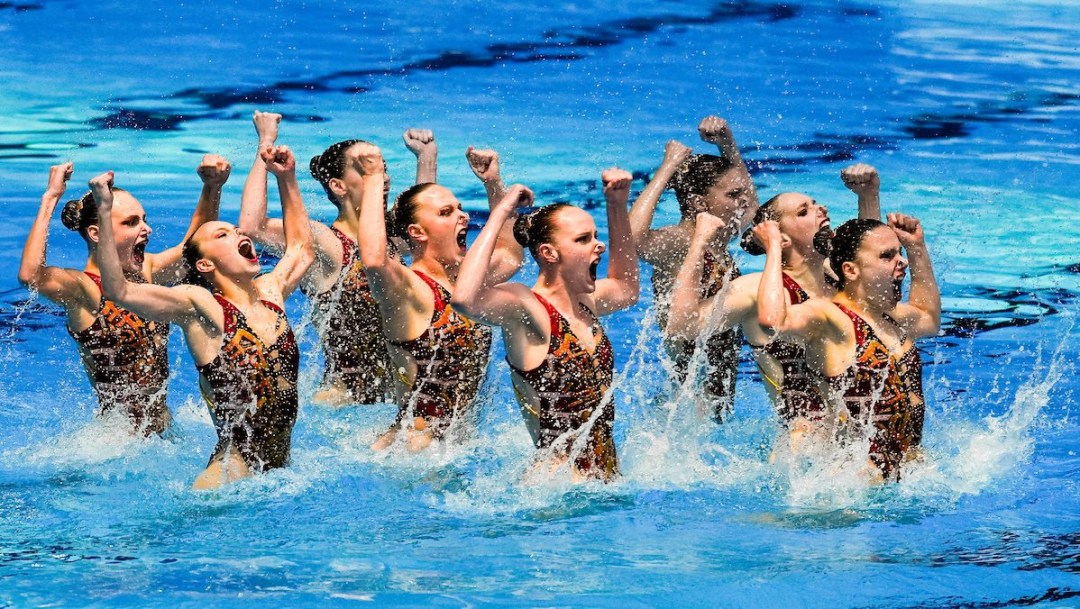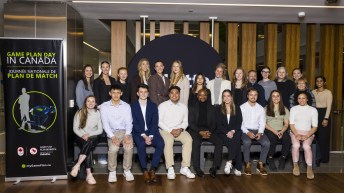Just breathe and have fun: Canadian artistic swimmers ahead of World Aquatics Championships
According to members of the Canadian national artistic swimming team, the best advice you can give an artistic swimmer are the reminders to 1) breathe and 2) have fun.
Such advice seems pretty universal across the sporting world. But the reminder to breathe perhaps takes on a different significance in a sport that is in part predicated upon participants’ ability to hold their breath for long periods of time.
“You think you’re breathing, but half the time when you’re performing, you’re breathing at only 50 per cent,” Audrey Lamothe says with a chuckle.
And remembering to breathe seems to be easier when you’re having fun.
“Sometimes when you have so many things to focus on, you forget to enjoy your swim. But when you have fun, it makes everything easier,” teammate Olena Verbinska adds.
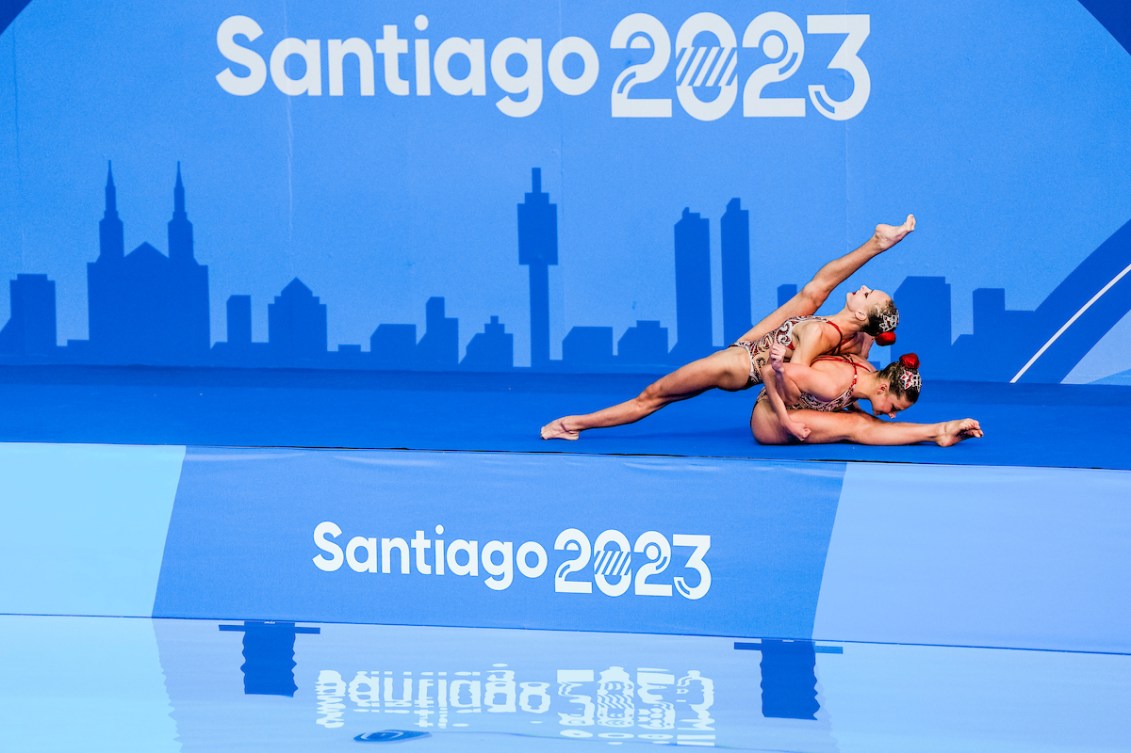
At ages 18 and 15, respectively, Lamothe and Verbinska may seem young to be doling out sage performance advice. But the journey to the Olympic Games compels you to pick up a fair bit of wisdom along the way.
Lamothe competed as a soloist at the last World Aquatics Championships in Fukuoka, finishing just off the podium. Her fourth place finish was Team Canada’s best in the solo event since 2011. Verbinska joined the senior national team program in 2022 at only 13 years old.
About six weeks out from the 2023 Pan American Games in Santiago, Lamothe teamed up with Verbinska to compete as a duet. The duo credit their friendship with aiding their ability to fast track their partnership.
“Even before doing the duet together, we had a connection because we are friends,” Lamothe says. “We have the same style of swimming. Even though we only had a month and a half to prepare the duet, we built a lot of confidence and trust within each other quickly thanks to our friendship.”
While the athletes have cultivated a friendship both within and outside of the pool, the reality of their training is that they spend most of their time in it.
“We spend around five hours a day in the pool,” Verbinska says. “Plus gym training.”
“Plus flexibility training and video review,” Lamothe chimes in, finishing Verbinska’s sentences.
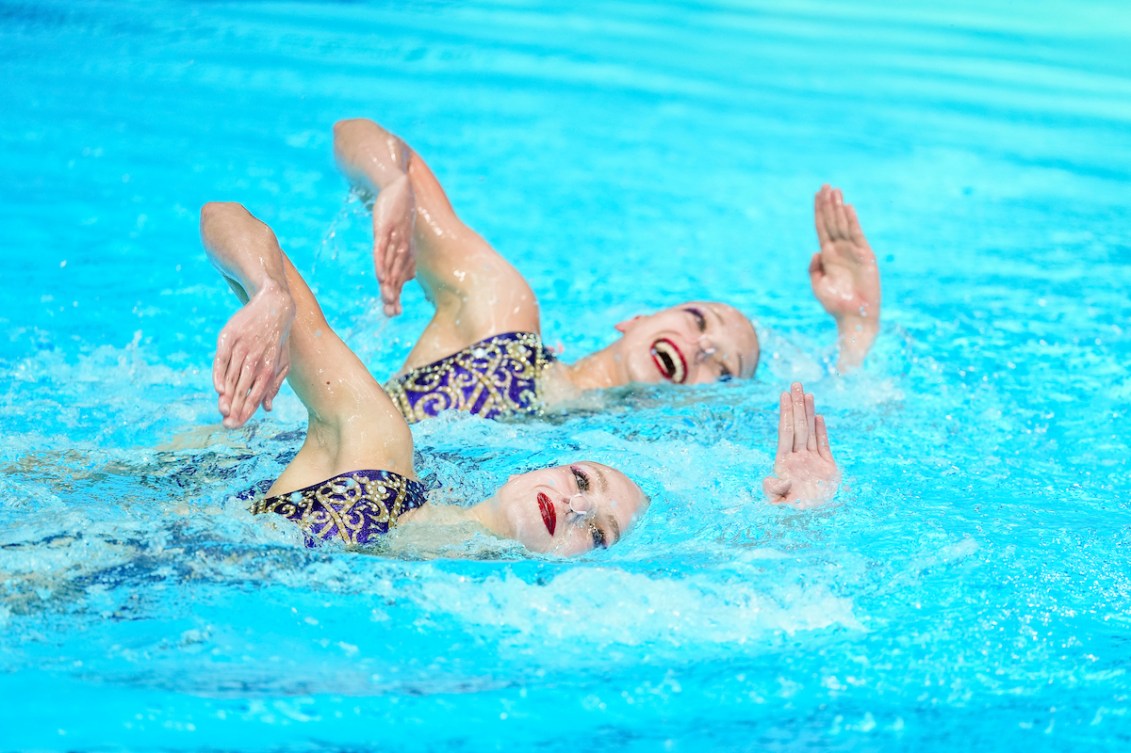
The athletes are keen to underline the intense physical aspect of artistic swimming, as it is a factor that those unfamiliar with the sport may not consider. As with many aesthetically-oriented sports, such as gymnastics or figure skating, artistic swimmers’ goal is to make extremely difficult movements look easy, even effortless. They’re sometimes so successful that the outside spectator is unaware of how hard it really is to pull off.
“Our goal is to make it look easy. To make it seem like we don’t need to breathe,” Lamothe says. “But there’s so much that goes into those 2-3 minutes. Our sport is really a combination of swimming, diving, dance, and gymnastics.”
The sparkly suits, the slick hair, and perfect makeup all add to the performance of it all. But behind the gelatin and rhinestones is the same daily grind of hard training that it takes to succeed in any sport.
The young pair finished fifth at the Pan Ams, showing immense promise for the future. Verbinska was the youngest artistic swimmer to compete at the Games.
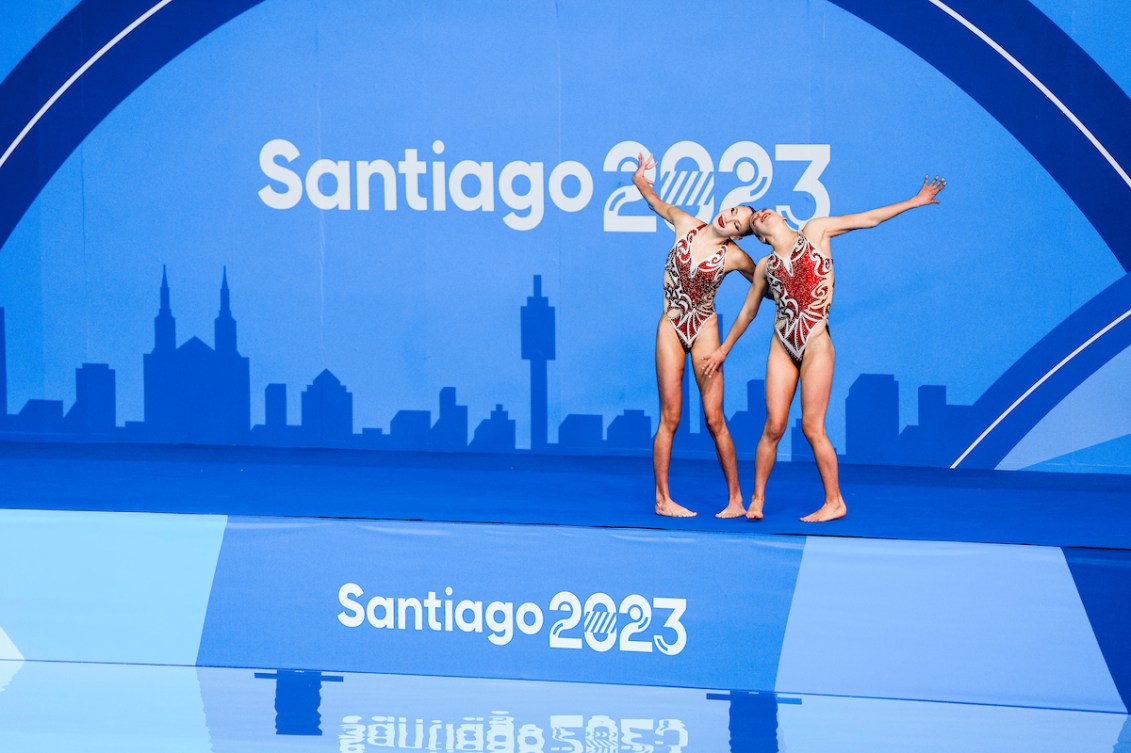
In the team event in Santiago, Team Canada secured a bronze medal. The Pan Am Games was the first international competition at which the team results were based on the aggregate score from three routines–technical, free, and acrobatic.
The latter is a newer addition to the world of artistic swimming. Paris 2024 will be the debut of acrobatic routines at the Olympic Games. World Aquatics also overhauled its rulebook in recent years to focus on objectivity in the scoring in artistic swimming,
Santiago 2023 was a stellar performance for Team Canada. But qualification for Paris 2024 is on everyone’s mind.
“Our main goal now is to qualify for the Olympics at the World Aquatics Championships in Doha,” says Lamothe. “We’re pushing very hard, even harder than before Pan Ams, to be able to represent Canada at the Olympics.”
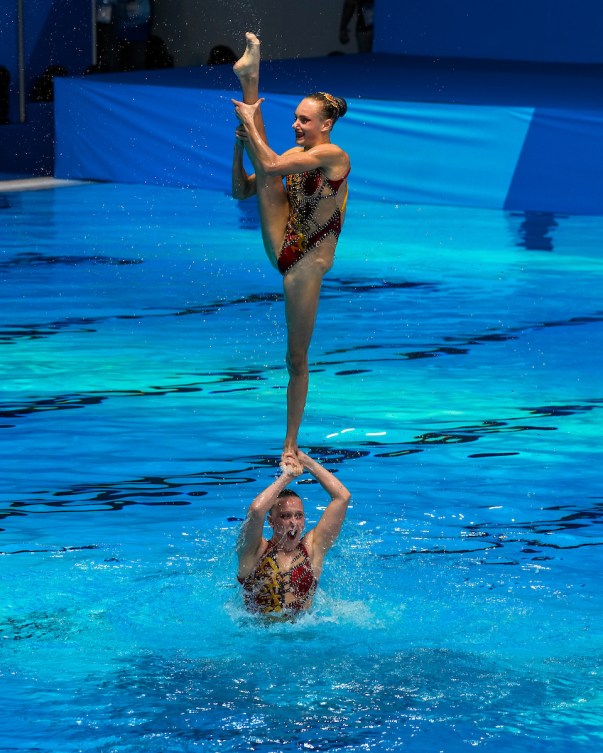
The Canadian artistic swimming team has a not-so-secret weapon leading into the World Aquatics Championships–the return of two-time Olympian Jacqueline Simoneau to the senior national squad. Simoneau is back after a two-year break during which she focused on her education, becoming a podiatrist.
As an athlete with over 70 medals from various World Aquatics competitions since 2013, Simoneau’s experience is invaluable to a young team. She has been training with both Lamothe and Verbinska before the duet composition is confirmed for the technical and free events. Simoneau will also take part in the solo technical and free events, as well as a team routine.
Rather than being a complicating factor for a young duo starting to gel together, Simoneau’s return to the duet is viewed as a huge learning opportunity by both Lamothe and Verbinska. Both athletes grew up admiring Simoneau as a legend within Canadian artistic swimming.
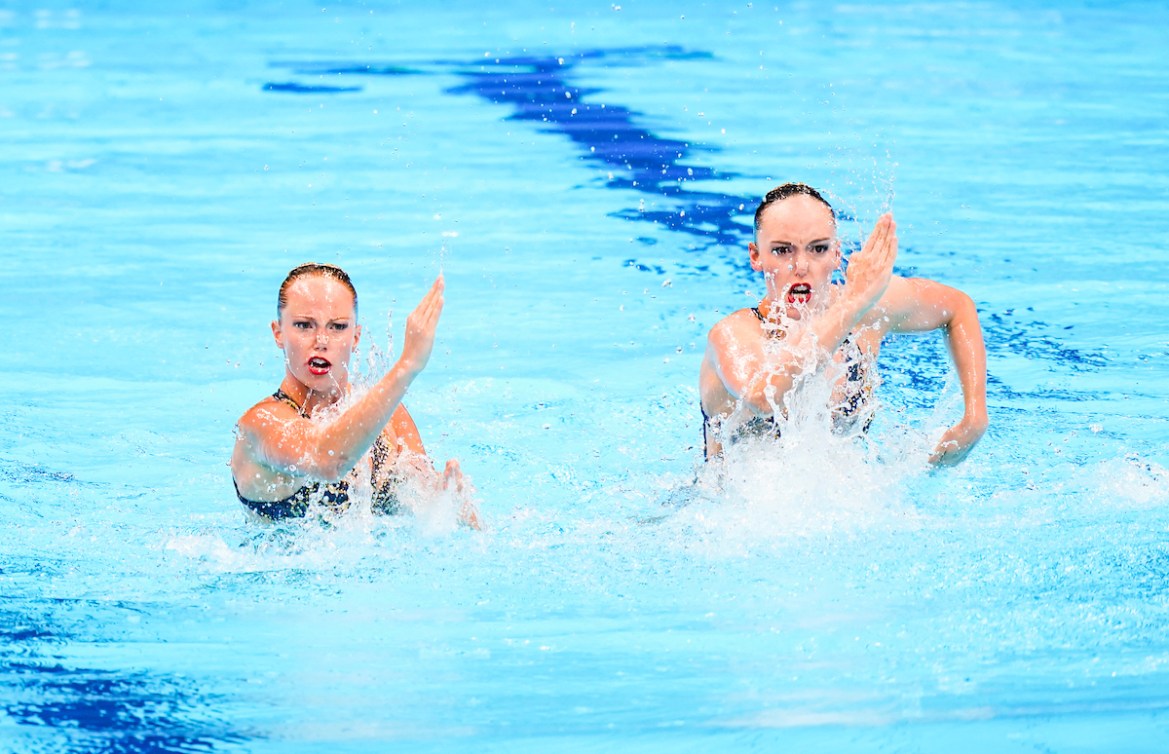
“When I was a kid, she was my idol,” Lamothe says. “It’s a huge privilege and a huge opportunity for both of us to learn from her.”
Verbinska actually has photos of herself as a six-year-old fan posing for a shot with Simoneau at a competition.
“It’s a dream come true for us to get to learn from Jackie,” the 15-year-old says.
The artistic swimming competition at the 2024 World Aquatics Championships will take place February 2-10 in Doha, Qatar. These championships will also include the disciplines of water polo, swimming, diving, open water swimming, and high diving.
The competition is the last opportunity for Team Canada artistic swimmers to qualify for Paris 2024. There are five Olympic spots available to be won for the team event. Earning one of those will also secure qualification in the duet. Should the team come up short, there are three Olympic spots available just for duets.
Check out Canada’s full artistic swimming team roster for Doha here.

